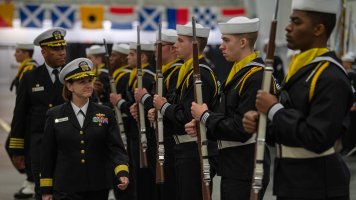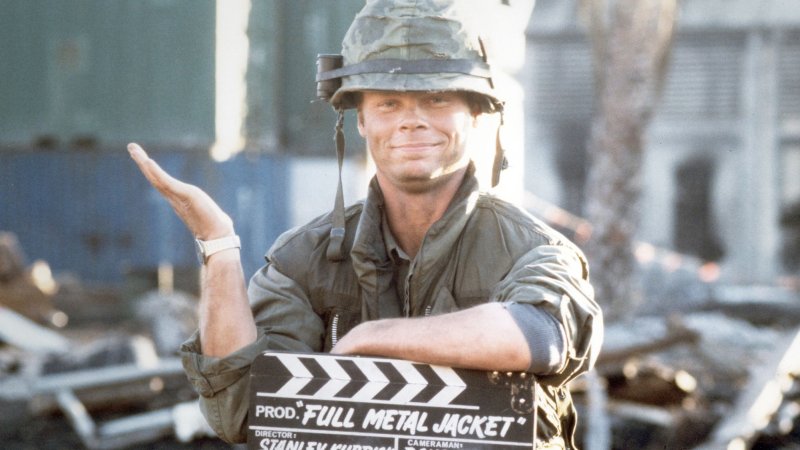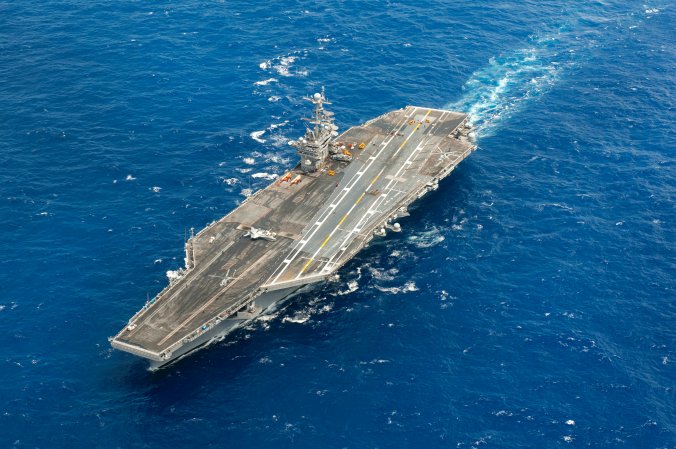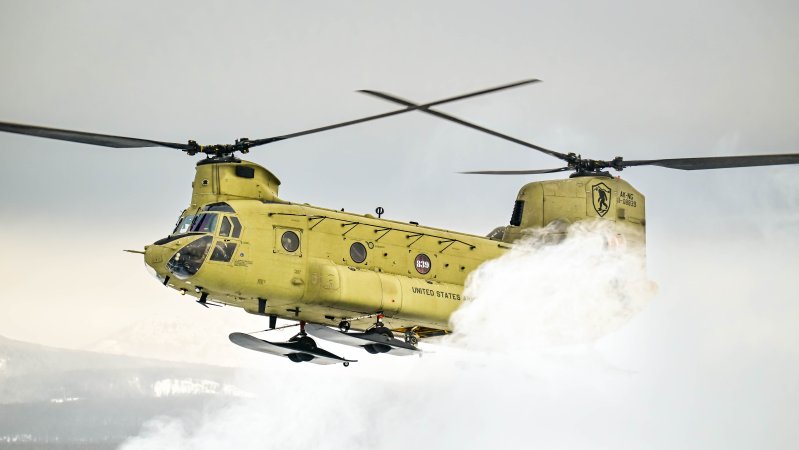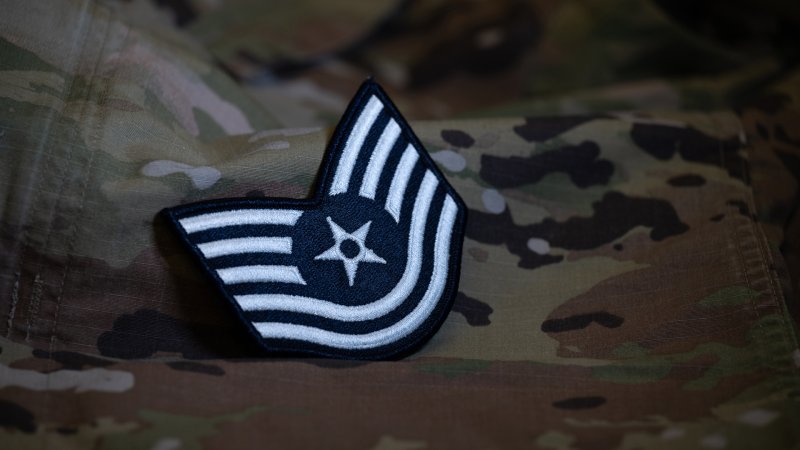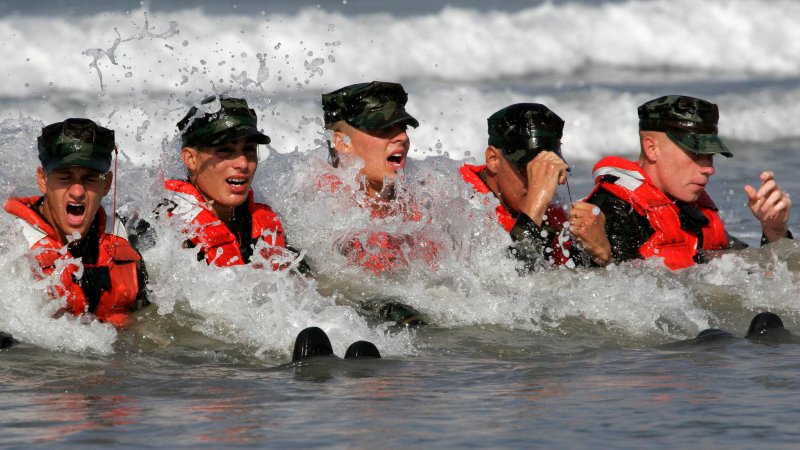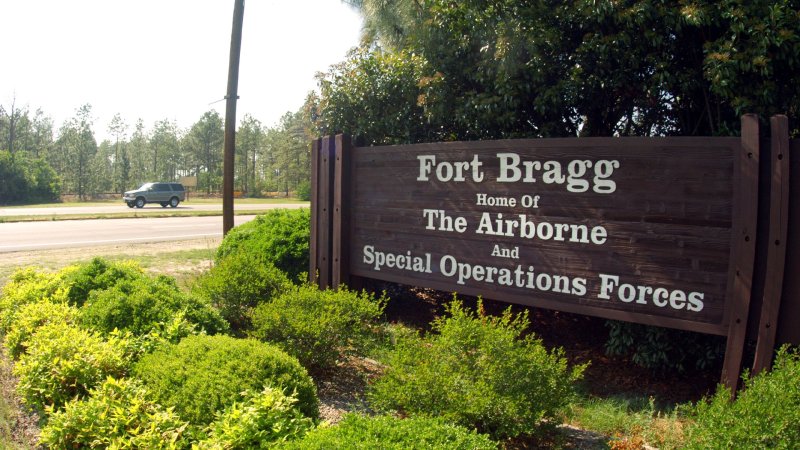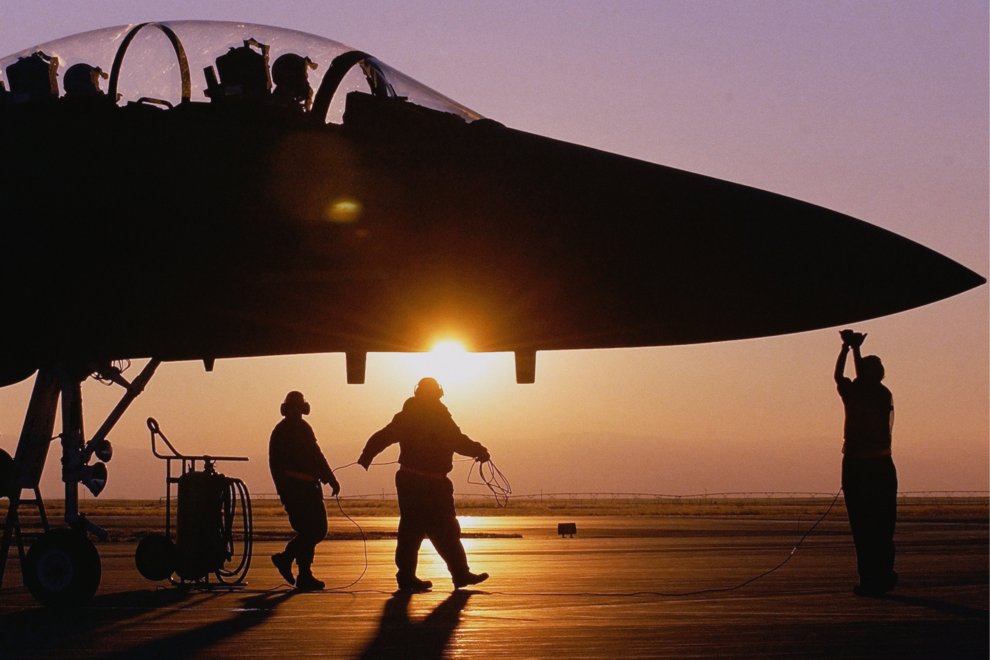Task & Purpose. News, culture, and analysis by and for the military community.
Top Story
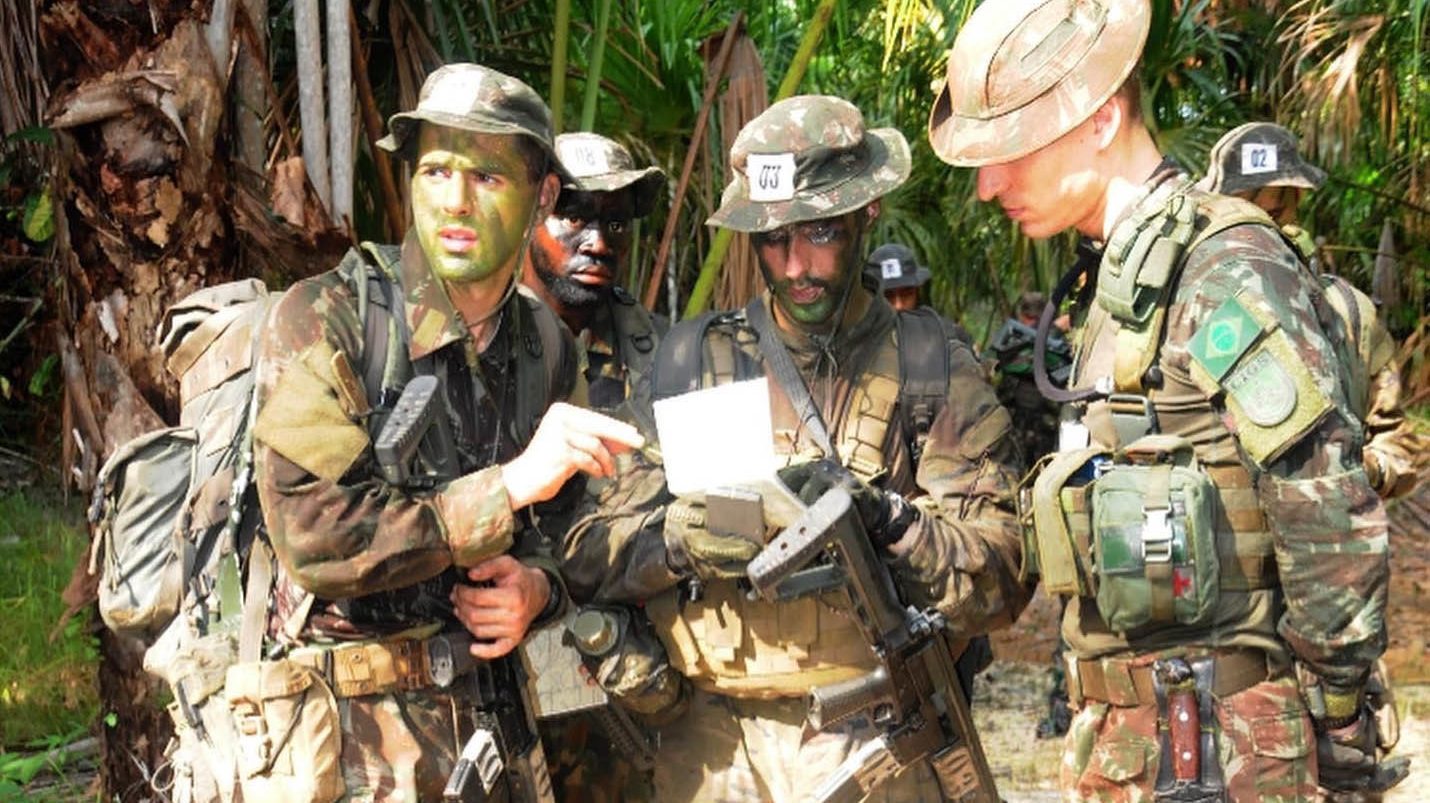
Welcome to the jungle: Meet the New York Guardsmen who took on Brazil’s infamous jungle warfare school
Each year, the New York National Guard sends soldiers and airmen to Brazil’s demanding jungle warfare school. Fewer than 60 Americans have ever graduated.
Posted 14 Hours Ago
Latest News
Task & Purpose was founded in 2014 as a voice for the military community, and continues to serve that community with accurate reporting and great storytelling to this day. Our journalists have reported on the front lines of the Standing Rock protests in North Dakota and the war in Afghanistan. We’ve uncovered American veterans being abused in Kuwaiti prisons, deported veterans being forced to work for Mexican cartels, and drawn national attention to a longstanding legal rule barring service members from suing the government — even in the face of gross negligence.
